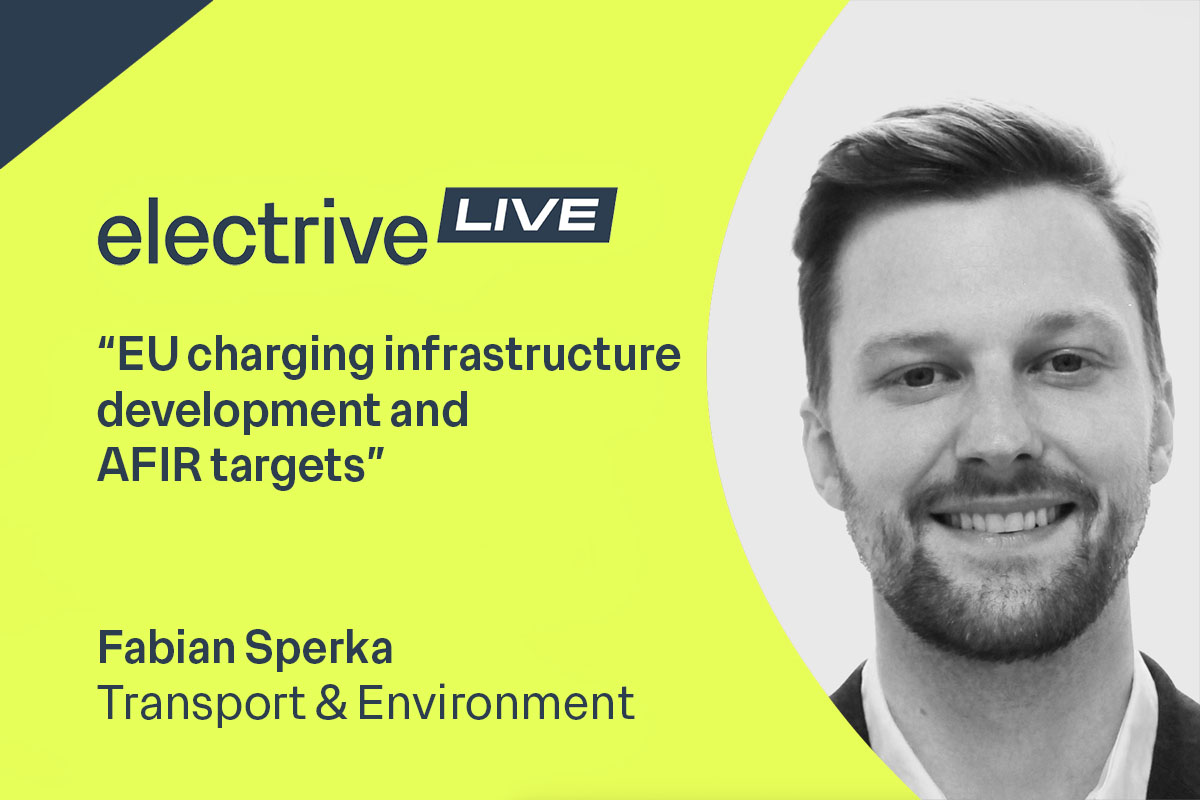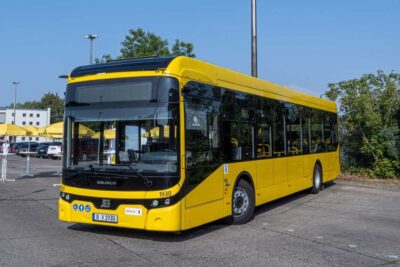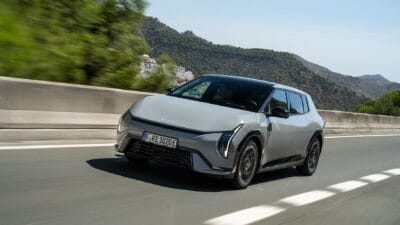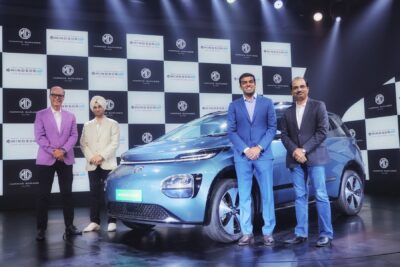“EU charging infrastructure development and AFIR targets” – Fabian Sperka from Transport & Environment
Firstly, Sperka mentioned that the number of fast chargers has been growing faster than the number of EVs on the road for the past years. “And if we would boil that down to the publicly available charging power, the growth would be even more significant, as we have more and more fast-chargers in Europe,” Sperka explained. The number will increase even further in the coming years, as AFIR requires charging infrastructure every 60 kilometres along TEN-T routes.
“What AFIR is doing is breaking the chicken-or-egg logic,” says Sperka. “CPOs used to say, hey, OEMs, you need to provide EVs; otherwise, the infrastructure is not used. OEMs said that CPOs needed to provide more infrastructure, otherwise no one would buy electric cars.” With AFIR, everything needs to come at the same time.
Nearly all EU countries have already met the AFIR fleet base target for 2024. However, that is no longer the case in 2025. And according to Transport & Environment’s projections, only two countries will comply by 2026. Interestingly, Bulgaria leads the chart. Sperka explains that though it may seem surprising at first, it is quite logical. “Because there are several fast charging hubs in Bulgaria, but Bulgaria itself has only a couple of thousand registered EVs. That is why it is relatively easy to fulfil their official target.” Moreover, T&E estimates that EV uptake there will be relatively slow in the coming years, so the EU member state will continue to comply with AFIR regarding available charging power per electric vehicle.
Sperka also provided recommendations on how the fleet base target could be more effective. Mainly, he suggested that instead of making it a national target, it should be regional or even provincial to ensure there are no white spots on the map. He also mentioned that grid connections can pose a problem, especially as the need for energy will grow as more heavy-duty electric vehicles hit the road.





0 Comments